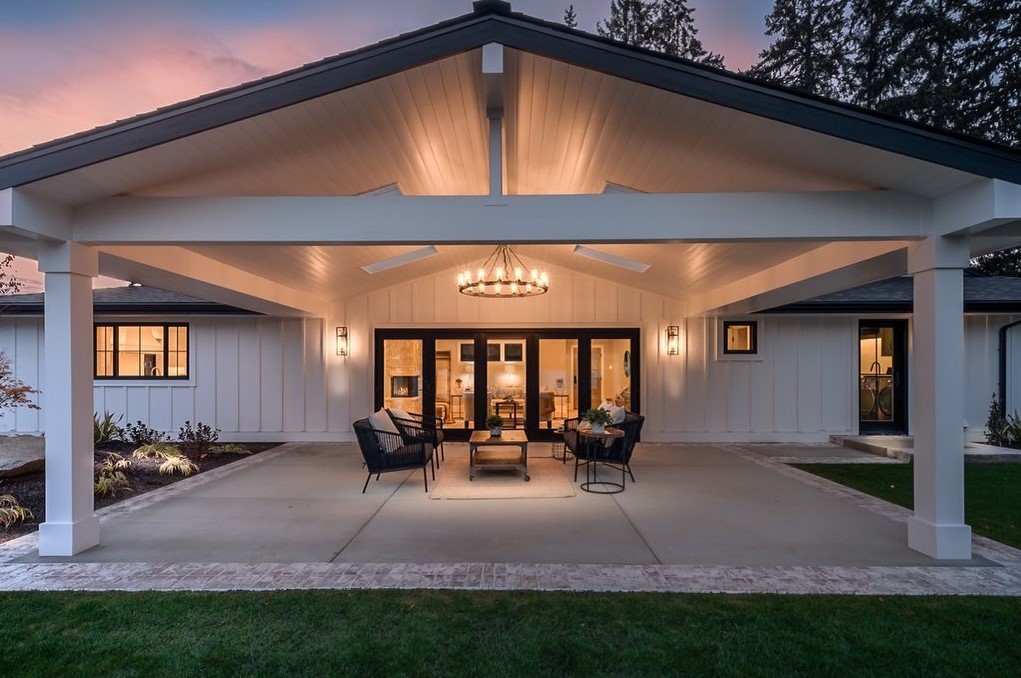Brick tile can transform interior spaces, offering a look that’s full of character and depth. Whether you’re aiming for a rustic Craftsman home or a modern urban loft, this design element adds texture and charm like no other.
Choosing brick tile, however, involves more than just picking out your favorite style. Its impact goes beyond aesthetics, influencing the overall feel and functionality of your room. To get the most out of this versatile material, understanding how to make it work in your space becomes essential.
Let’s explore key insights that will help you decide if brick tile is the perfect fit for your interior vision.
Why Choose Brick Tile for Your Interior Design?
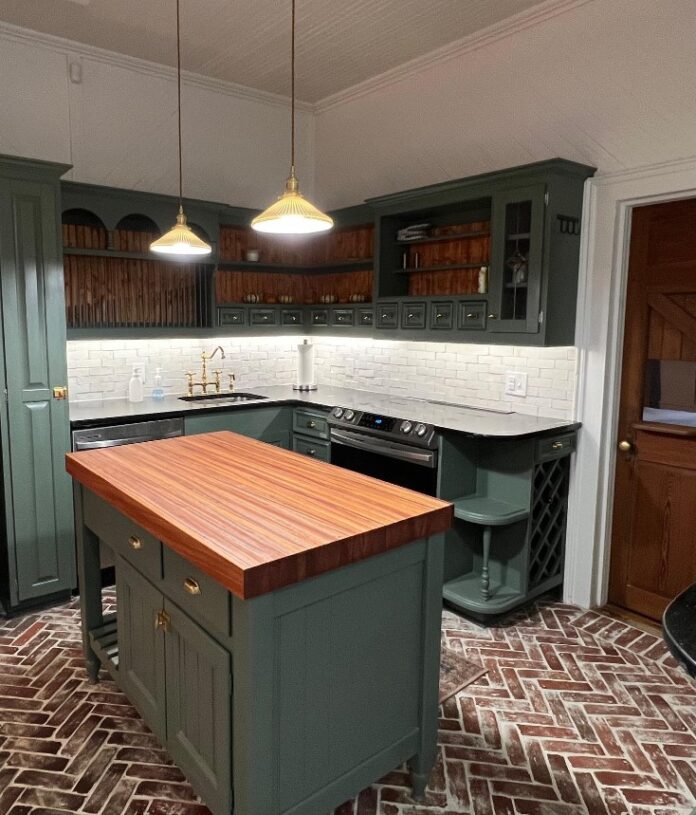
Brick tile offers a timeless appeal and versatility that suits various interior styles. It mimics the look of traditional brick while providing easier installation and maintenance. The character of brick tile adds texture and warmth, making it an ideal choice for accent walls, backsplashes, or even flooring.
When considering brick tile, think about its benefits:
- Aesthetic value ─ Brick tile brings a rustic charm or urban edge, depending on your choice of style. Its visual appeal can enhance the ambiance of any room, from cozy living areas to sleek modern kitchens.
- Durability ─ Made from natural materials, brick tiles are highly durable and resistant to wear and tear. This quality makes them a practical choice for high-traffic areas, ensuring they maintain their beauty over time.
- Low maintenance ─ Brick tile surfaces are relatively easy to clean and maintain. Regular sweeping and occasional mopping keep them looking their best without extensive upkeep.
- Eco-friendliness ─ Many brick tiles are made from recycled materials, making them an environmentally friendly option. Their longevity reduces the need for frequent replacements, contributing to a more sustainable home.
Types of Brick Tile
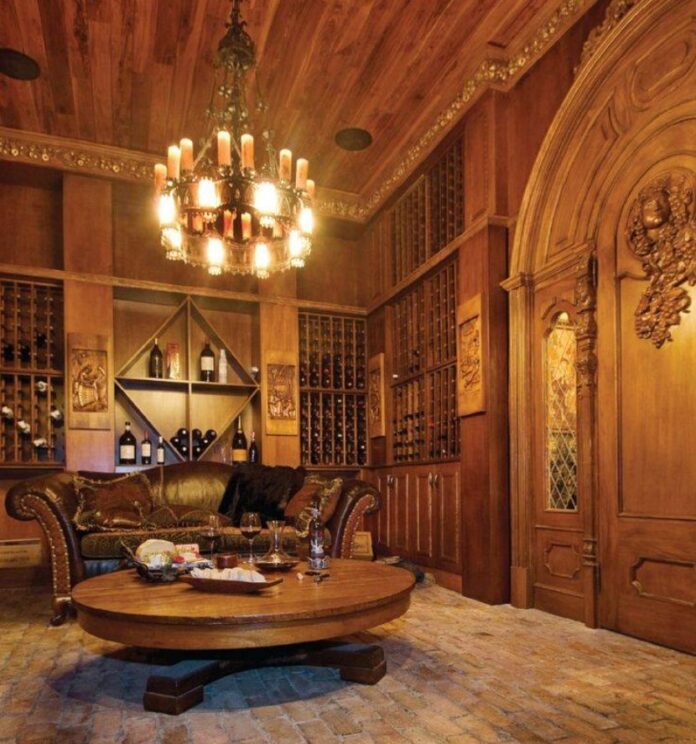
Exploring the various types of brick tile helps you determine which one suits your design intentions.
1. Clay Brick Tile
Made from natural clay, these tiles provide an authentic appearance with rich, earthy tones. Clay brick tiles offer excellent thermal properties, helping to regulate temperature in the home. They are commonly used in traditional or rustic interior designs, where their natural texture and colors create a warm, inviting atmosphere.
- Installation ─ Clay tiles are often heavier and require a solid substrate. Professional installation may be necessary to ensure a proper fit and finish, particularly in areas subject to moisture.
- Color variations ─ Available in a wide range of colors and finishes, clay tiles can be customized to match various design themes, from rustic to contemporary.
2. Concrete Brick Tile
Concrete tiles mimic the look of traditional brick while offering a modern twist. These tiles are perfect for contemporary or industrial designs and provide a sleek, uniform appearance. Their smooth finish can enhance minimalist decor, creating a sophisticated look.
- Versatility ─ Concrete tiles can be dyed or stamped to achieve various aesthetic effects, making them suitable for an array of styles, from modern to rustic.
- Durability ─ Highly resistant to stains and scratches, concrete tiles maintain their appearance even in high-traffic areas, making them a practical choice for busy spaces.
3. Reclaimed Brick Tile
For those who value sustainability and character, reclaimed brick tiles present a unique option. Sourced from older structures, these tiles have a weathered appearance that adds history and charm to any space.
- Environmental impact ─ Using reclaimed materials reduces waste and promotes sustainability in design, making them an eco-friendly choice.
- Unique aesthetic ─ Each reclaimed tile carries its own story and imperfections, allowing for a distinct character that serves as a conversation piece in your home.
4. Thin Brick Tile
Thin brick tile offers the classic look of traditional brick but with a reduced thickness, making it easier to install and less heavy than standard brick tiles. This option is ideal for both walls and floors, providing flexibility in design applications.
- Installation ease ─ The lightweight nature of thin brick allows for easier handling and installation. It can often be adhered directly to existing walls, minimizing preparation time.
- Versatility in design ─ Thin brick tiles come in a variety of colors and textures, enabling homeowners to achieve a custom look without the bulk of full-sized bricks. This makes them suitable for various applications, from accent walls to entire room designs. If you are looking for high-quality thin brick models, check out realthinbrick.com.
Where to Use Brick Tile in Your Home?
View this post on Instagram
Brick tile can be applied in various parts of your home, each offering a different visual effect. Its versatility allows it to be used creatively in both traditional and modern settings.
Living Room Accent Walls
A living room accent wall covered in brick tile creates a focal point, adding depth and texture to the space. It can serve as a backdrop for furniture arrangements, allowing for versatile styling options. Pairing it with neutral furniture allows the wall to stand out without feeling overpowering.
- Design tip ─ Complement the brick with soft lighting to enhance its texture and create a warm atmosphere. Use shelves or artwork to break up the wall visually while allowing the brick to shine.
Kitchen Backsplashes
A brick tile backsplash brings a rustic element to the kitchen. It contrasts beautifully with modern cabinetry and stainless-steel appliances, creating an inviting space for cooking and entertaining.
- Durability ─ Brick tile is resistant to heat and moisture, making it an excellent choice for kitchen environments.
- Style integration ─ Consider pairing the backsplash with wooden shelves or industrial accents to create a cohesive design theme.
Fireplace Surrounds
A brick tile fireplace surround can serve as the centerpiece of your living area. The warmth of the brick complements the inviting atmosphere of a well-loved gathering space.
- Traditional or modern ─ Depending on the type of brick tile you choose, you can achieve either a traditional look or a sleek, modern finish.
- Maintenance ─ Ensure that the bricks are sealed properly to protect them from soot and heat damage.
Bathrooms
View this post on Instagram
Using brick tile in bathrooms provides an unexpected but effective contrast to smooth, sleek fixtures. Its texture adds depth, while sealed tiles prevent moisture damage and make cleaning easier.
- Design options ─ Use brick tiles for accent walls or shower surrounds to create a stunning visual impact. Pair them with contemporary fixtures for a balanced look.
Entryways
A brick tile floor in an entryway is both durable and inviting. It can withstand heavy foot traffic while making a strong first impression. The natural texture of brick tile creates a welcoming atmosphere as guests enter your home.
- Practicality ─ Brick tiles are easy to clean, making them ideal for areas that collect dirt and debris.
- Complementary decor ─ Consider adding a stylish runner or a bench to enhance the entryway’s functionality and style.
How to Incorporate Brick Tile into Your Design?
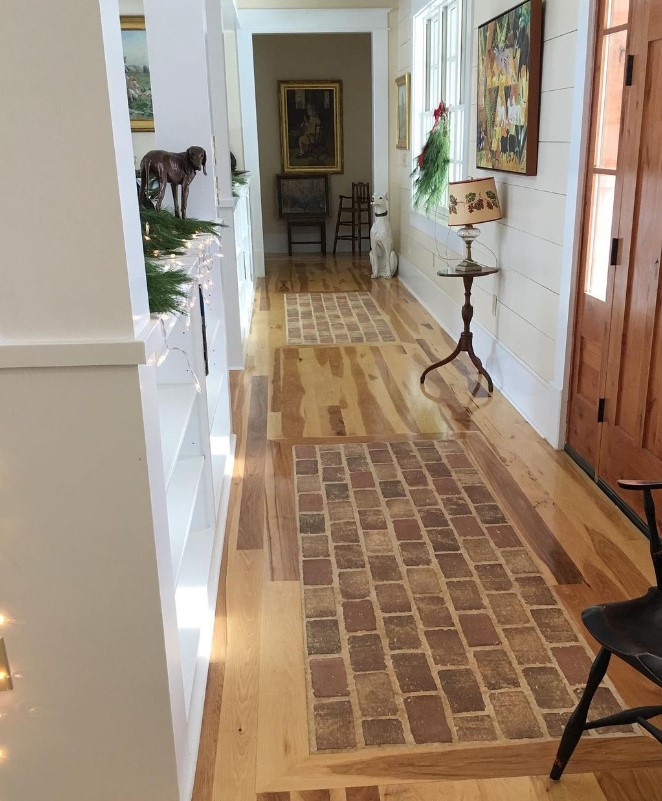
Incorporating brick tile into your interior design requires thoughtful planning and consideration of how it fits with your existing decor. Here are some essential tips for successful integration:
Consider Color Schemes
When selecting brick tile, consider the color scheme of your space. Neutral tones can complement various styles, while vibrant colors can serve as a bold statement. Assess how the tile color interacts with existing furniture and fixtures.
- Creating harmony ─ Choose colors that harmonize with your overall palette to maintain a cohesive look.
Mixing Materials
Brick tile pairs well with various materials, including wood, metal, and glass. Mixing textures creates visual interest and depth in your design. For example, pairing brick with sleek metal fixtures can enhance an industrial aesthetic.
- Layering textures ─ Use textiles, plants, or decorative elements to introduce additional textures that complement the brick.
Scale and Proportion
Pay attention to the scale and proportion of the brick tile in relation to the room size. Larger tiles can make a small space feel expansive, while smaller tiles can create intricate patterns in larger areas.
- Design balance ─ Maintain balance by ensuring that the tile size aligns with the overall dimensions and features of the room.
Lighting Considerations
Proper lighting enhances the beauty of brick tile. Natural light can accentuate its texture and colors, while artificial lighting can create warmth and depth.
- Layered lighting ─ Use a combination of ambient, task, and accent lighting to highlight the brick and create a welcoming atmosphere.
Functional Layout
Consider the functional layout of your space when incorporating brick tile. Ensure that the tile placement enhances flow and usability. For instance, in kitchens, the backsplash should complement work areas without obstructing movement.
- Practical considerations ─ Ensure that the tile is installed in a way that minimizes maintenance challenges, particularly in high-use areas.
Maintenance Tips for Brick Tile
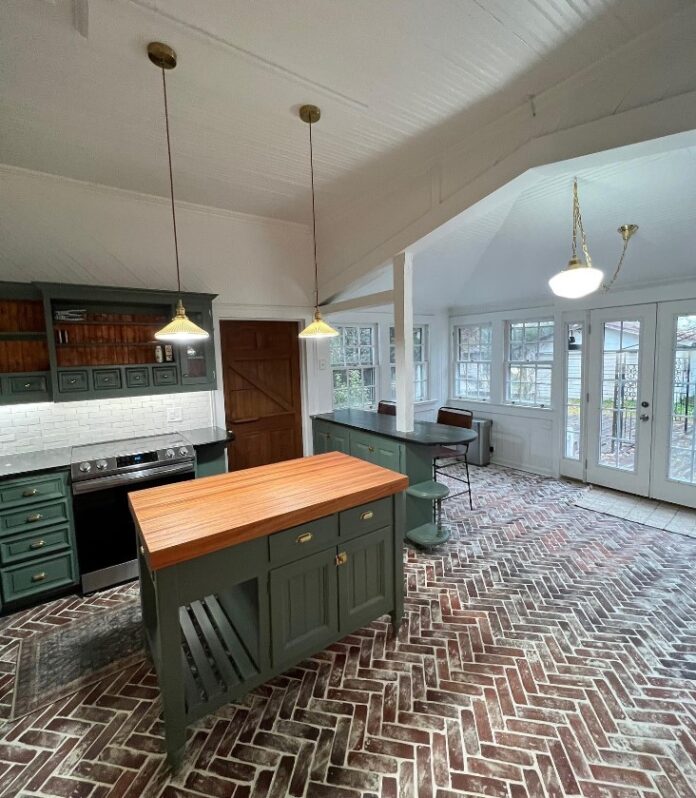
Maintaining brick tile is crucial to preserving its beauty and durability. With proper care, brick tile can last for years while retaining its charm.
Regular Cleaning
Dust and debris can accumulate on brick tile surfaces, making regular cleaning essential. Use a broom or vacuum to remove loose dirt, followed by a damp mop for deeper cleaning.
- Cleaning solutions ─ Avoid harsh chemicals that can damage the tile. Instead, use a mixture of mild soap and water for effective cleaning.
Sealing and Protecting
Sealing brick tile is vital, especially in moisture-prone areas like kitchens and bathrooms. A good sealant protects against stains and moisture damage.
- Frequency of sealing ─ Depending on the type of sealant used, consider resealing every one to three years to maintain optimal protection.
Addressing Stains
Stains can occur, particularly in high-traffic areas. Addressing stains promptly helps prevent permanent damage. For stubborn stains, consider using a soft-bristle brush with a mild cleaning solution.
- Testing first ─ Always test cleaning solutions on a small, inconspicuous area to ensure they do not damage the tile.
Preventing Damage
Use rugs or mats in high-traffic areas to minimize wear on the brick tile. Avoid dragging heavy furniture across the tile, as this can cause scratches and damage.
Routine inspections ─ Regularly inspect the tiles for cracks or damage, addressing any issues promptly to prevent further deterioration.
Professional Help
For extensive maintenance or repairs, consider consulting professionals experienced in brick tile care. They can provide specialized services that ensure the longevity and beauty of your tile.
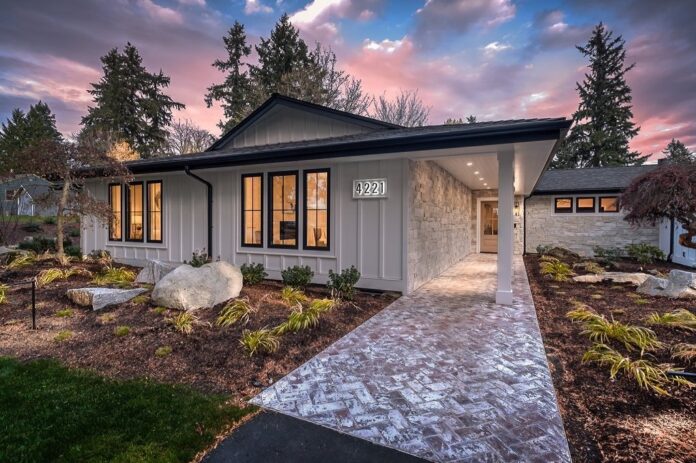
Conclusion
Incorporating brick tile into your interior design can enhance the character and functionality of your space. Its versatility, durability, and aesthetic appeal make it an excellent choice for various applications.
By understanding the different types of brick tile, where to use it, and how to maintain it, you can create a harmonious and inviting environment that reflects your style. Embrace the charm of brick tile and let it transform your home into a unique masterpiece that stands the test of time.

